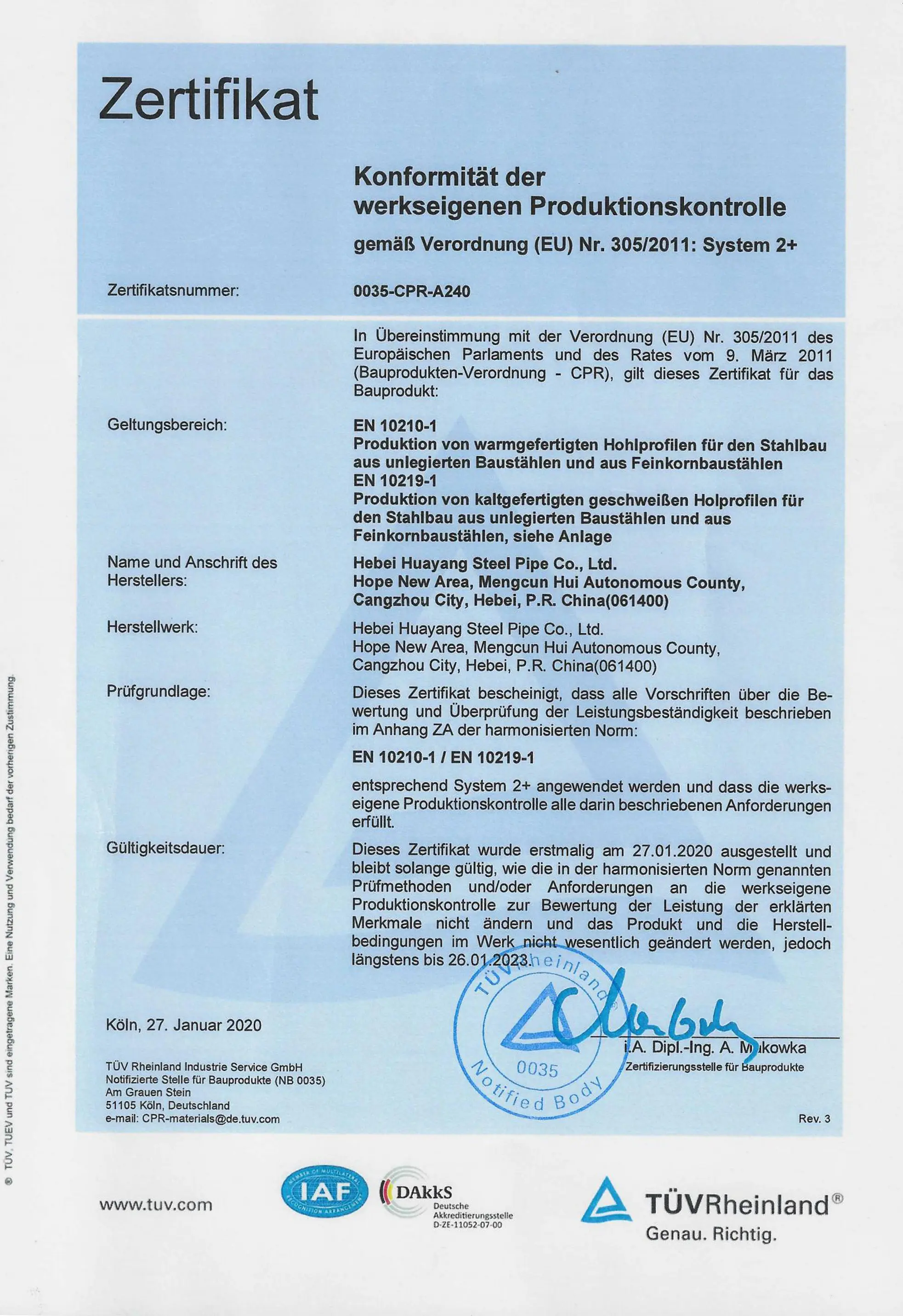
ئىيۇل . 28, 2024 09:08 Back to list
Understanding the Potential Side Effects and Risks Associated with HPMC Usage in Various Applications
Understanding the Side Effects of HPMC
Hydroxypropyl methylcellulose (HPMC) is a semi-synthetic polymer commonly used in various pharmaceutical and food applications. It serves as a thickening agent, stabilizer, and emulsifier, and is particularly known for its use in the formulation of tablets, capsules, and other solid dosage forms. While HPMC is widely regarded as safe, understanding its potential side effects is crucial for both consumers and healthcare professionals.
Common Side Effects
One of the most frequently reported side effects of HPMC is gastrointestinal discomfort. Some individuals may experience symptoms such as bloating, gas, or diarrhea, particularly when HPMC is consumed in large amounts. This is largely attributed to its ability to absorb water and form a gel-like substance, which can speed up transit time through the intestines. For those who are not accustomed to increased fiber intake, even moderate amounts of HPMC may cause temporary digestive issues.
Another side effect that has been noted is an allergic reaction. Though rare, some individuals may have sensitivities to HPMC or other components in products containing this ingredient. Symptoms of an allergic reaction can include rashes, itching, or even respiratory issues. Anyone with a known allergy to cellulose derivatives or similar compounds should exercise caution when using HPMC-based products.
Impact on Nutrient Absorption
hpmc side effects

The thickening properties of HPMC may interfere with the absorption of certain nutrients when used in high concentrations. This is particularly important for individuals relying on HPMC in their diet, such as those using it as a dietary supplement or a thickening agent in low-calorie foods. Studies suggest that excessive intake of fiber, including HPMC, can lead to the reduced bioavailability of certain vitamins and minerals. Hence, maintaining a balanced approach to dietary fiber is essential to ensure adequate nutrient absorption.
Considerations for Special Populations
Certain populations, including pregnant or breastfeeding women, the elderly, and individuals with underlying health conditions, should consult a healthcare provider before using products containing HPMC. While HPMC is generally recognized as safe, the effects can vary widely based on individual health status and dietary habits. For pregnant women, ensuring a balanced intake of nutrients is crucial, and excessive consumption of any thickening agent, including HPMC, could potentially lead to digestive complications that may affect overall health.
Conclusion
While Hydroxypropyl methylcellulose has numerous beneficial applications in food and pharmaceuticals, it is not devoid of side effects. Common issues such as gastrointestinal discomfort, potential allergic reactions, and impacts on nutrient absorption should not be overlooked. As with any dietary or medicinal product, moderation is key, and individuals should stay informed about how their bodies react to HPMC.
If you are considering the incorporation of HPMC into your diet or health regimen, it is advisable to discuss it with healthcare professionals, particularly if you fall into a vulnerable category or have existing health concerns. Understanding both the benefits and side effects of HPMC can help you make informed choices that promote your overall health and well-being.
-
Why HPMC is a Key Additive in Wall Putty Formulations
NewsAug.05,2025
-
Redispersible Powder in Decorative Renders: Function Meets Finish
NewsAug.05,2025
-
Redispersible Powder for Interior Wall Putty: Smooth Results Every Time
NewsAug.05,2025
-
HPMC’s Water Retention Capacity in Dry Mortar Applications
NewsAug.05,2025
-
HPMC Factory Contributions to Liquid Detergents
NewsAug.05,2025
-
How HPMC Factory Products Change Detergent Textures
NewsAug.05,2025







